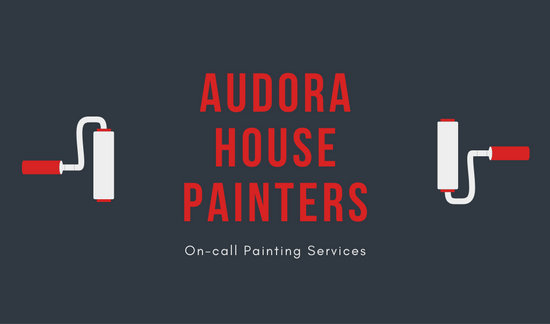Vital Seasonal Aspects Of Commercial Exterior Paint: What You Should Comprehend
Vital Seasonal Aspects Of Commercial Exterior Paint: What You Should Comprehend
Blog Article
Author-Korsholm Rodriquez
When you're planning a commercial external paint job, seasonal factors can make or damage your outcomes. You'll wish to take into consideration exactly how temperature and moisture effect paint application and drying out times. Choosing the ideal season can guarantee your paint adheres effectively and lasts much longer. However which periods are genuinely the most effective for this sort of work? Let's check out the crucial elements that can influence your job's success.
The Effect of Temperature on Paint Application
When you're intending an industrial outside painting job, the temperature can considerably affect exactly how well the paint adheres and dries out.
Ideally, you intend to repaint when temperature levels vary between 50 ° F and 85 ° F. If it's too chilly, the paint might not treat properly, resulting in issues like peeling off or cracking.
On the flip side, if it's as well hot, the paint can dry out also rapidly, avoiding correct adhesion and resulting in an unequal finish.
You need to also think about the moment of day; early morning or late afternoon supplies cooler temperatures, which can be a lot more positive.
Constantly check the manufacturer's recommendations for the specific paint you're utilizing, as they frequently supply advice on the suitable temperature level range for optimal outcomes.
Humidity and Its Effect on Drying Times
Temperature level isn't the only ecological factor that influences your business outside painting job; humidity plays a considerable role too. High humidity degrees can reduce drying times significantly, affecting the general top quality of your paint job.
When the air is saturated with moisture, the paint takes longer to heal, which can bring about problems like bad bond and a greater threat of mildew development. If paint per sq ft on a specifically moist day, be planned for extended delay times in between coats.
It's essential to monitor local climate condition and plan appropriately. Preferably, go for humidity levels between 40% and 70% for optimal drying out.
Maintaining these consider mind guarantees your task stays on track and delivers an enduring surface.
Best Seasons for Commercial Outside Painting Projects
What's the best time of year for your business outside paint projects?
Springtime and very early autumn are usually your best choices. During these seasons, temperatures are light, and humidity levels are usually lower, developing perfect problems for paint application and drying out.
Stay clear of summer season's intense heat, which can trigger paint to dry too rapidly, bring about bad attachment and surface. Likewise, wintertime's chilly temperatures can impede appropriate drying out and treating, taking the chance of the durability of your paint work.
Go for days with temperature levels in between 50 ° F and 85 ° F for ideal outcomes. https://caidenebxjs.shoutmyblog.com/34281377/top-ten-benefits-of-picking-a-professional-painting-firm in mind to check the neighborhood weather report for rain, as wet problems can ruin your task.
Planning around these factors ensures your painting task runs smoothly and lasts much longer.
Verdict
To conclude, planning your commercial external painting jobs around seasonal factors to consider can make a considerable difference in the end result. By scheduling work during the suitable temperatures and moisture levels, you'll ensure much better attachment and drying times. Remember to keep an eye on local weather forecasts and pick the correct time of year-- springtime and very early autumn are your best bets. Taking these steps will aid you attain a durable and expert finish that lasts.
